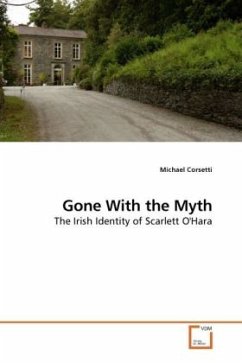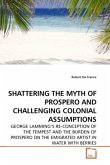When Scarlett O'Hara first appeared in Margaret Mitchell's 1936 epic, she resonated with Depression-era readers who identified with her immigrant heritage and resolute reaction to upheaval. By challenging the set gender and social standards of her day, Scarlett demonstrates to 1930s audiences a tangible means of overcoming adversity. Each time that Scarlett violates Southern societal roles, Mitchell attributes it to Scarlett's paternal Irish ancestry. However, the possibility that Scarlett's masculine behavior derives directly from her Irish heritage has not been examined by scholars. In the 1991 sequel Scarlett by Alexandra Ripley, Scarlett's Irish/masculine identity does not lead her to take on new gender roles for survival purposes, but serves to highlight the recent trend in society to accept the immigrant heritage possessed by so many Americans. Mitchell and Ripley's life experiences lead them to engage Scarlett's Irish/masculine identity in terms of gender and Southern societal roles, presenting differing perspectives on a popular fictional heroine and her relationship to cultural anxieties.








